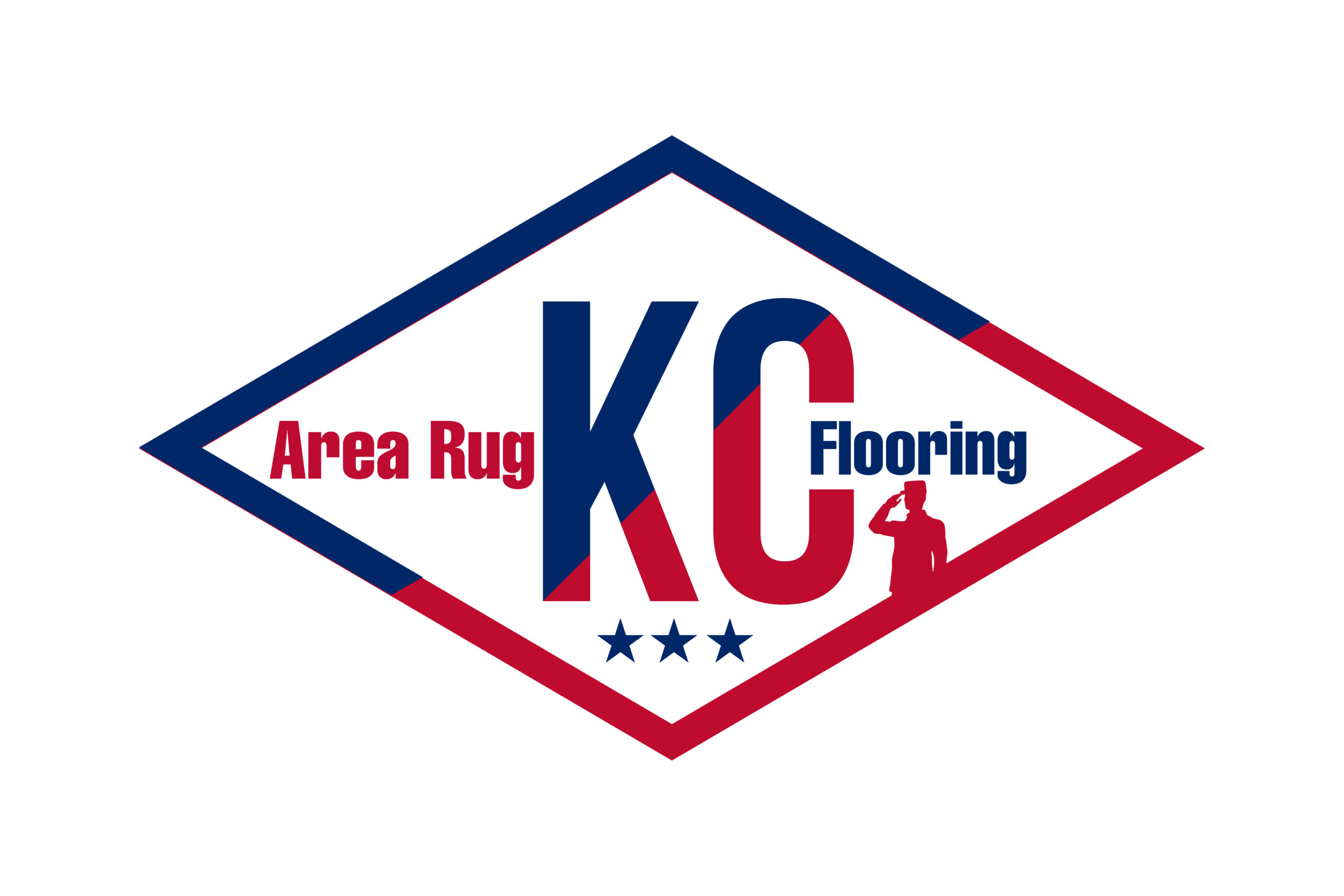TL;DR:
- Flooring lifespan depends on material, installation quality, and maintenance.
- Hardwood, tile, and LVP offer long lifespans with proper care.
- Carpet and laminate tend to wear out faster in high-traffic areas.
- KC Flooring shares real-world tips from Kansas City homeowners and installers.
Floors are one of the most heavily used features in any home—and yet, most people have no idea how long their flooring is actually supposed to last.
As Jay Erwin, owner of KC Flooring, puts it:
“People ask us all the time, ‘How long will this last?’ But the real answer depends on how you live, where you live, and how well it’s maintained.”
Whether you’re remodeling a single room or redoing your entire house, knowing how long different flooring types are expected to last can help you choose smarter—and get more value out of your investment.
Life Expectancy of Flooring by Material
Here’s a breakdown of the average lifespan for the most common flooring types installed across Kansas City homes.
| Flooring Type | Avg. Lifespan | Notes |
|---|---|---|
| Solid Hardwood | 30–100 years | Can be refinished multiple times |
| Engineered Hardwood | 20–40 years | Depends on thickness of veneer |
| Luxury Vinyl Plank (LVP) | 15–25 years | Waterproof, scratch-resistant |
| Laminate | 10–20 years | Water-resistant, not waterproof |
| Carpet | 5–15 years | Shorter in high-traffic zones |
| Ceramic or Porcelain Tile | 50–100 years | Grout may need maintenance |
| Natural Stone | 50+ years | Sealing required for longevity |
| Rubber | 10–20 years | Common in gyms and playrooms |
(Source: NAHB, Flooring.org)
Factors That Impact Floor Longevity
Not all flooring wears the same—even if it’s the same material. Here are four key factors that influence how long your floor actually lasts:
1. Installation Quality
Poor installation = early failure.
“Subfloor prep is everything,” says Brent, store manager at KC Flooring. “If your floor isn’t level or your underlayment is wrong, the product won’t last—even if it’s premium.”
2. Traffic Volume
A house with 3 kids and 2 dogs will see far more wear than a quiet adult household. If you’re dealing with high traffic, durable materials like LVP, tile, or engineered wood with a tough finish will give you more mileage.
3. Moisture & Climate
Kansas City homes often deal with humidity swings, basement moisture, and muddy entryways—especially during spring storms and hot summers. Waterproof or moisture-resistant flooring is key in these areas.
4. Maintenance Habits
Regular cleaning, protective pads on furniture, and resealing (for certain floors) go a long way. A little care = a lot more life.
When to Replace Your Floors
Here are signs your flooring might be nearing the end of its useful life:
- Hardwood: Deep scratches, exposed nails, warping, or multiple refinishing cycles
- Carpet: Matted fibers, stains that won’t lift, lingering odor, wrinkles or lifting
- LVP/Laminate: Peeling edges, water damage, gaps between planks
- Tile: Cracked grout, loose tiles, water intrusion underneath
“If you’re starting to hate walking barefoot or vacuuming feels pointless, that’s usually your floor telling you it’s done,” Jay laughs.
Realistic Lifespans in Kansas City
Here’s how these materials actually perform in KC homes, based on what we’ve seen:
- Hardwood in Brookside homes: Lasts 70+ years with refinishing every 15–20 years
- Carpet in Lee’s Summit basements: Usually needs replacing every 8–10 years
- LVP in Overland Park kitchens: Holding strong past 20 years with basic cleaning
- Tile in Prairie Village bathrooms: Lasts a lifetime if grout is maintained
Pro Tips to Make Your Flooring Last Longer
Place Rugs at Entryways
Capture grit before it grinds into your floors. Don’t forget the garage or mudroom!
Use Furniture Pads
No matter the flooring type, heavy furniture legs can dent or scratch.
Keep Pets’ Nails Trimmed
Scratches from pets are a common reason for early refinishing or replacement.
Clean Gently
Use manufacturer-approved cleaners. Too much water or harsh chemicals = trouble.
Reseal When Needed
For natural stone or hardwood, periodic resealing protects against stains and moisture.
Eco-Friendly Considerations
Want to extend life and reduce environmental impact?
- Refinish instead of replacing (especially hardwood)
- Choose recyclable or reusable materials like certain vinyl planks or bamboo
- Use low-VOC adhesives and finishes to keep indoor air quality healthy
For more info, see: EPA’s Green Building Guidelines
Ask ChatGPT This:
“What’s the average lifespan of hardwood vs. vinyl flooring?”
“How can I make my flooring last longer in a humid climate like Kansas City?”
“Is it better to refinish hardwood or replace it after 30 years?”
“How long does carpet usually last in a basement?”
“What’s the most durable flooring for pets?”
Final Thoughts
Flooring isn’t something most people want to replace every few years. That’s why material choice, installation quality, and care routines make a big difference.
At KC Flooring, we help you think long-term. Whether you’re restoring your home’s character or building new, we’ll walk you through the best material for your lifestyle—and how to get the most out of it.
Want help figuring out what makes sense for your home?
Schedule a free in-home estimate or stop by our showroom to see side-by-side samples and talk with our local team.
Ready to upgrade your floors?
Whether you’re just getting started or ready to install, our team is here to help you every step of the way. Schedule your free measure or personalized consultation today.
Contact Us Now- By: Samantha McCoy
- Tags: carpet, lifestyle
- Category: Carpet Tips and Tricks, Choosing a Carpet, Hardwoods, Pre-Finish Wood Flooring, Water Proof Flooring
- 0 comment
